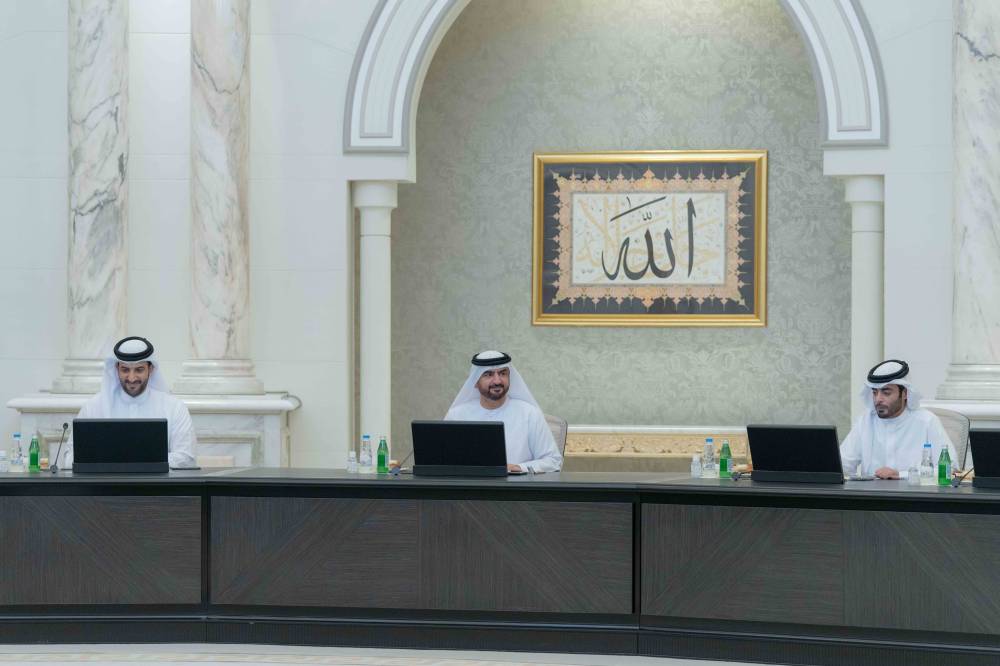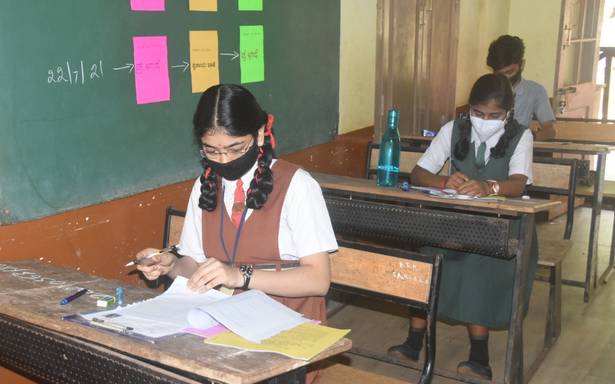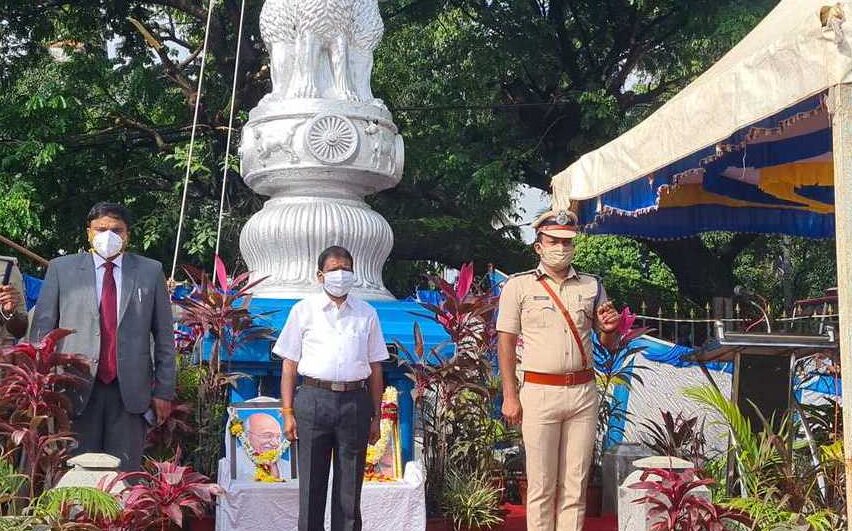
Sharjah: His Highness Sheikh Abdullah bin Salem bin Sultan Al Qasimi, Deputy Ruler of Sharjah, Vice Chairman of the Executive Council, in the presence of His Highness Sheikh Sultan bin Ahmed bin Sultan Al Qasimi, Deputy Ruler of Sharjah, Vice Chairman of the Executive Council, chaired on Tuesday morning the meeting of the Executive Council of the Emirate of Sharjah, which was held in the office of His Highness the ruler.
During its meeting, the council discussed a number of issues related to the progress of government work in the emirate and the development of various sectors, in line with the development plans and strategies that Sharjah aims to achieve.
And the Council issued Resolution No. (18) of 2023, which stipulates the transfer of Shehab Ahmed Al Hammadi, Director of Sharjah Media City “Free Zone Authority” to the University of Sharjah.
In line with the directives of His Highness Sheikh Dr. Sultan bin Muhammad Al Qasimi, Member of the Supreme Council and Ruler of Sharjah, aimed at developing municipal work in the emirate and improving its services, the Council discussed the emirate’s municipal plans to put His Highness’s directives into practice, benefit from best practices, and follow up on community needs. Within the jurisdiction of the municipalities, and accessing its services to the satisfaction of individuals, and promoting prosperity and tranquility.
The Council was briefed on a presentation on the approved administrative divisions of the cities of Sharjah, and their reorganization, according to the directives of His Highness the Ruler of Sharjah, starting from the city, followed by the suburb, then the neighborhood, and ending with the region. The presentation included the previously approved divisions in the cities of Khorfakkan and Kalba, and administrative division plans for the rest of the cities in the next stage.
The Council reviewed the report of the “Aman” system project, which is related to monitoring and detecting building fires, and rapid intervention when they occur. and achieve the highest levels of safety.
The report included the main outputs related to the establishments registered in the system, the cases they dealt with, and visits related to examination, maintenance and awareness. It also included the most important challenges and development and improvement plans.




